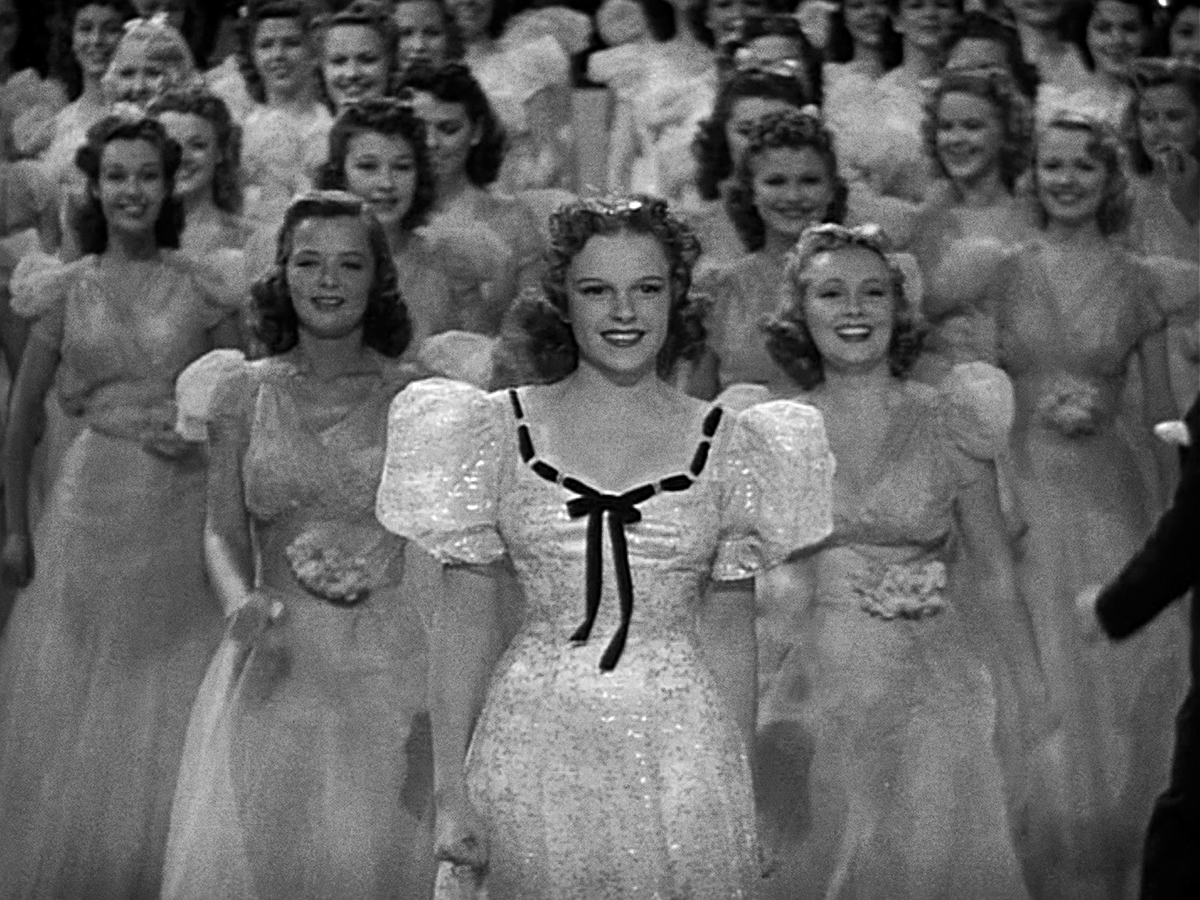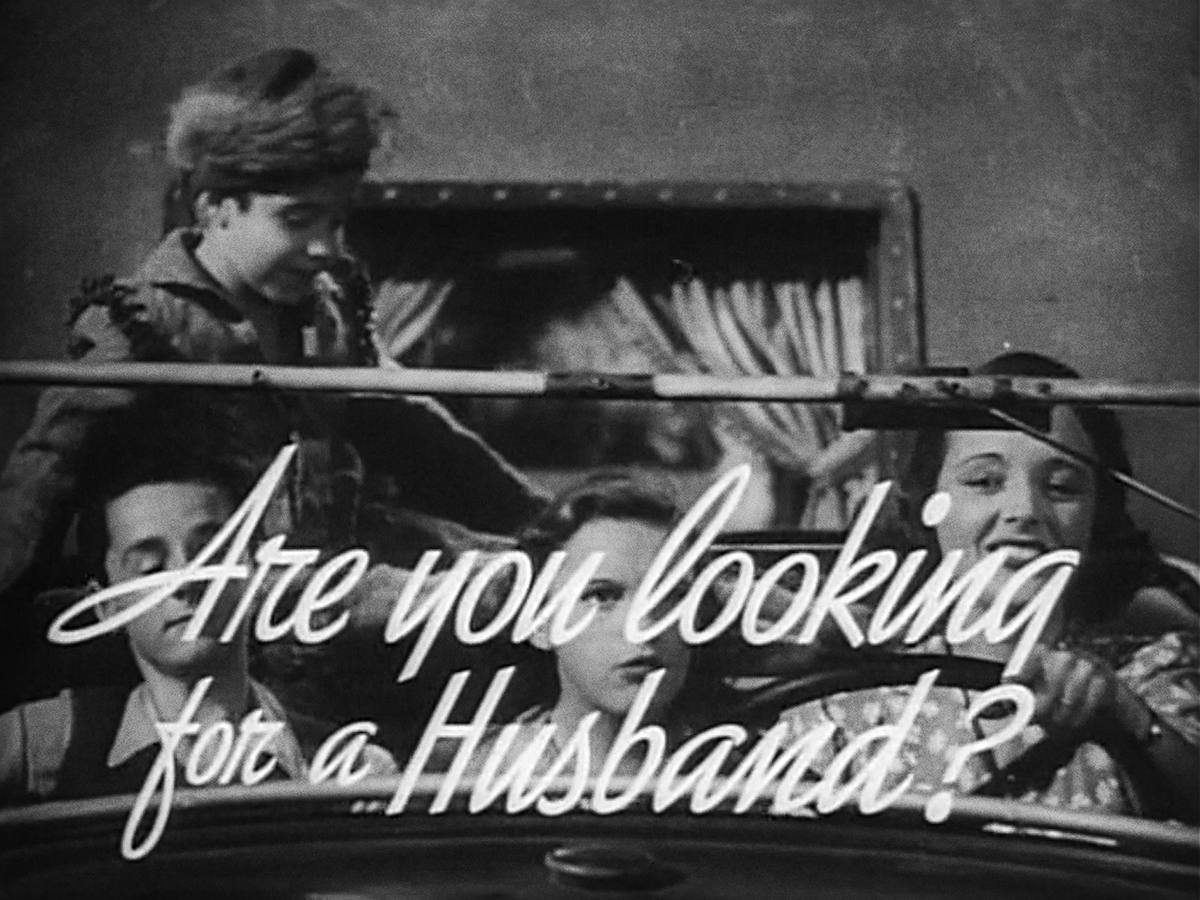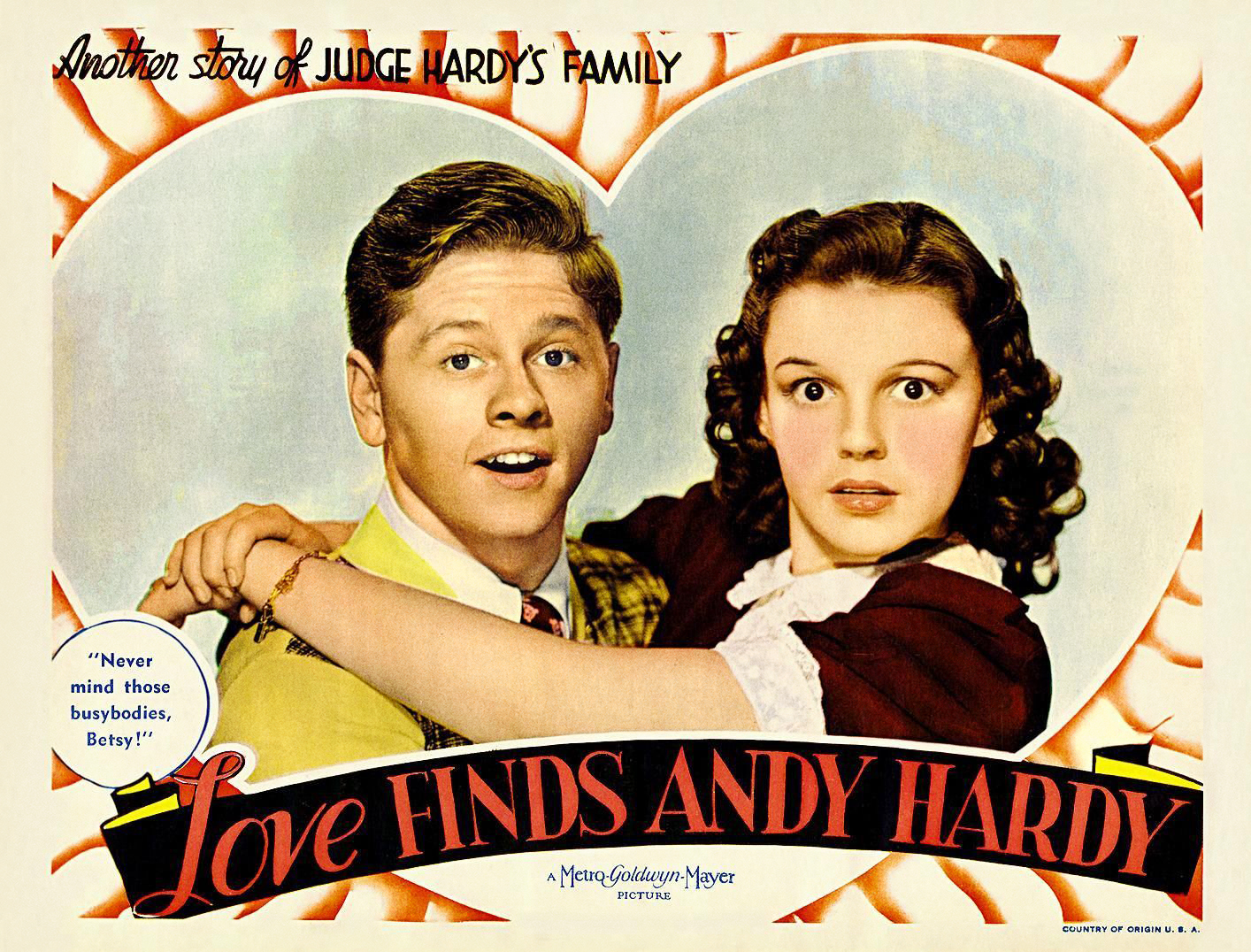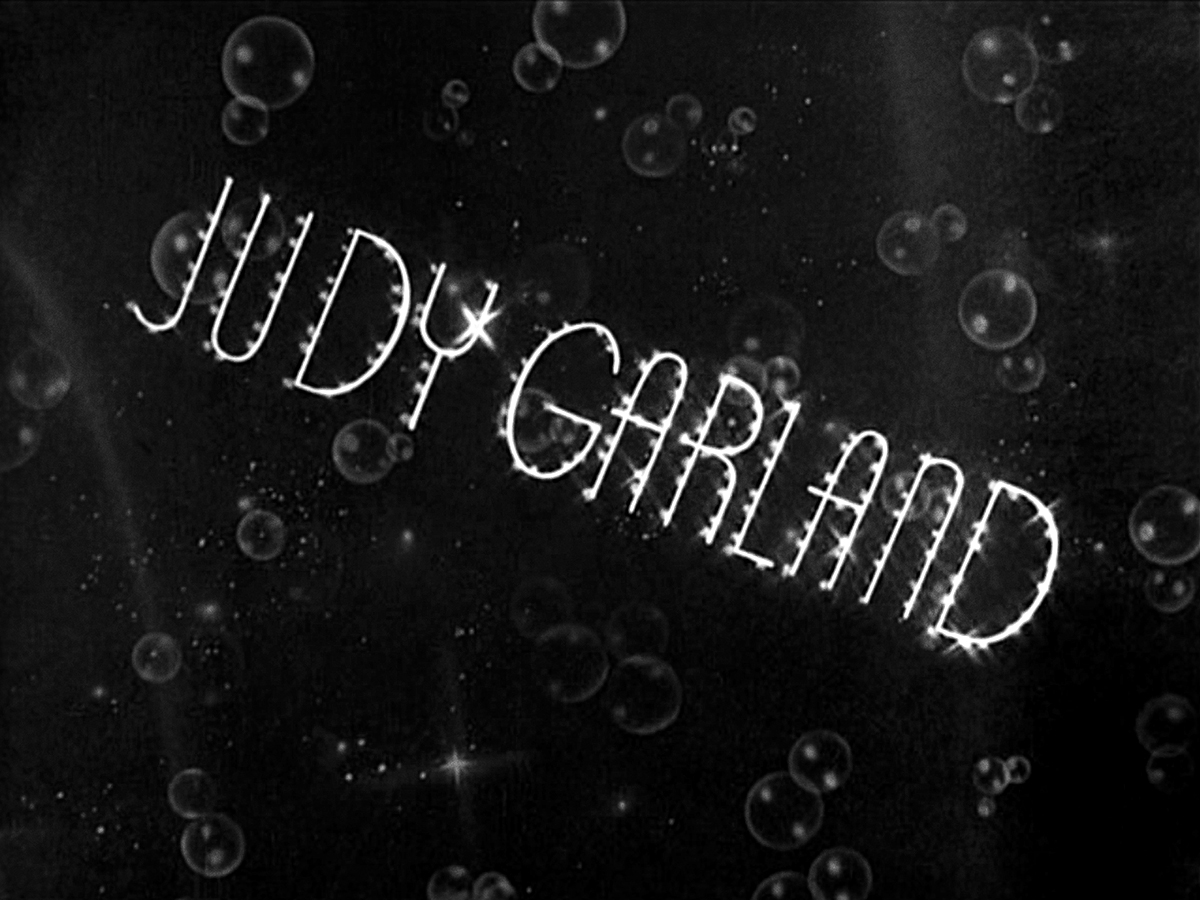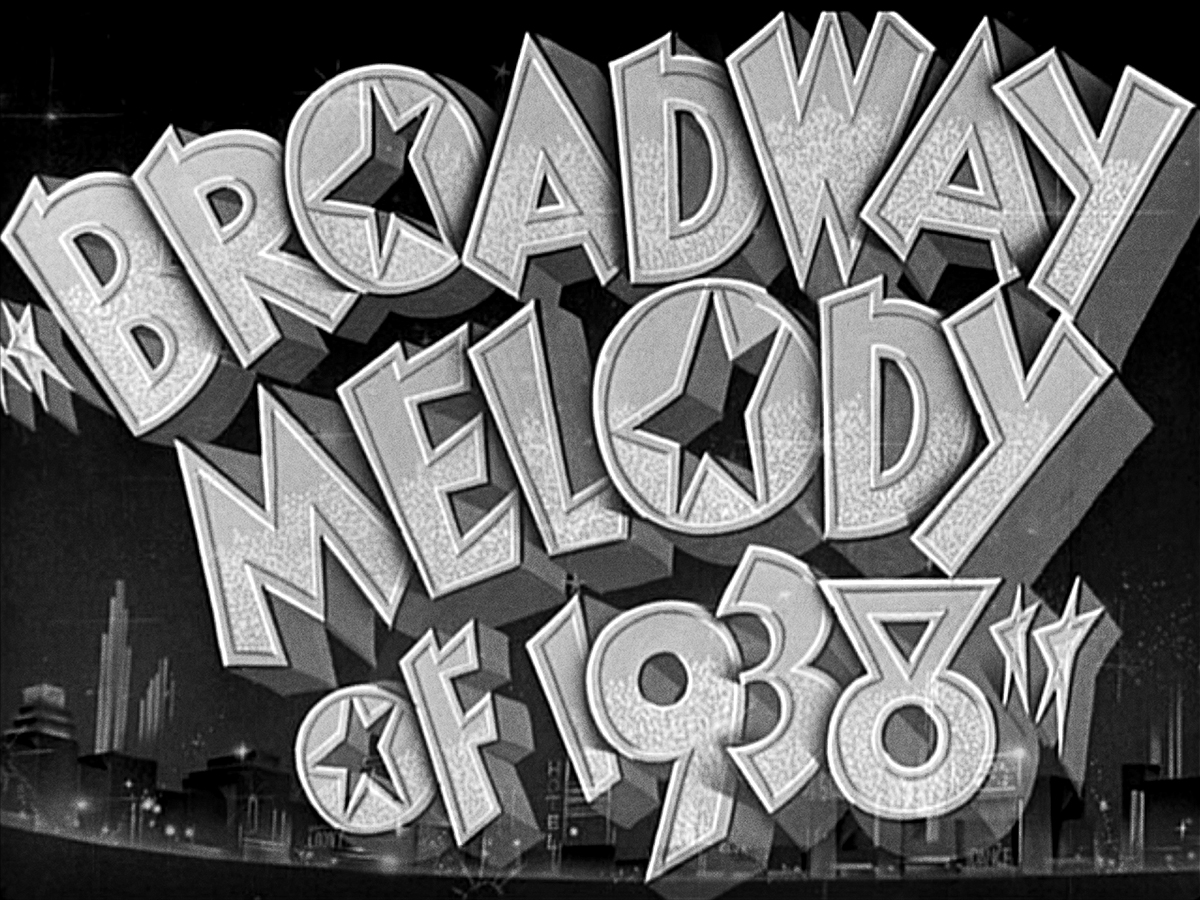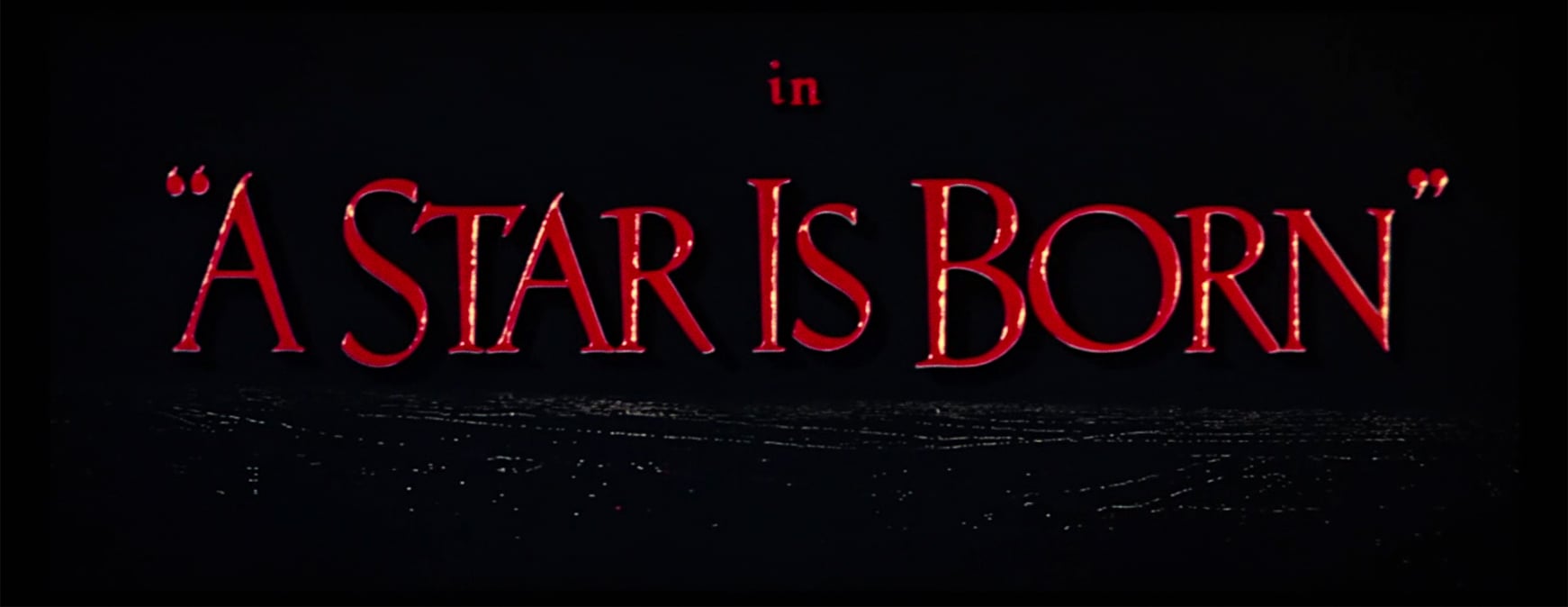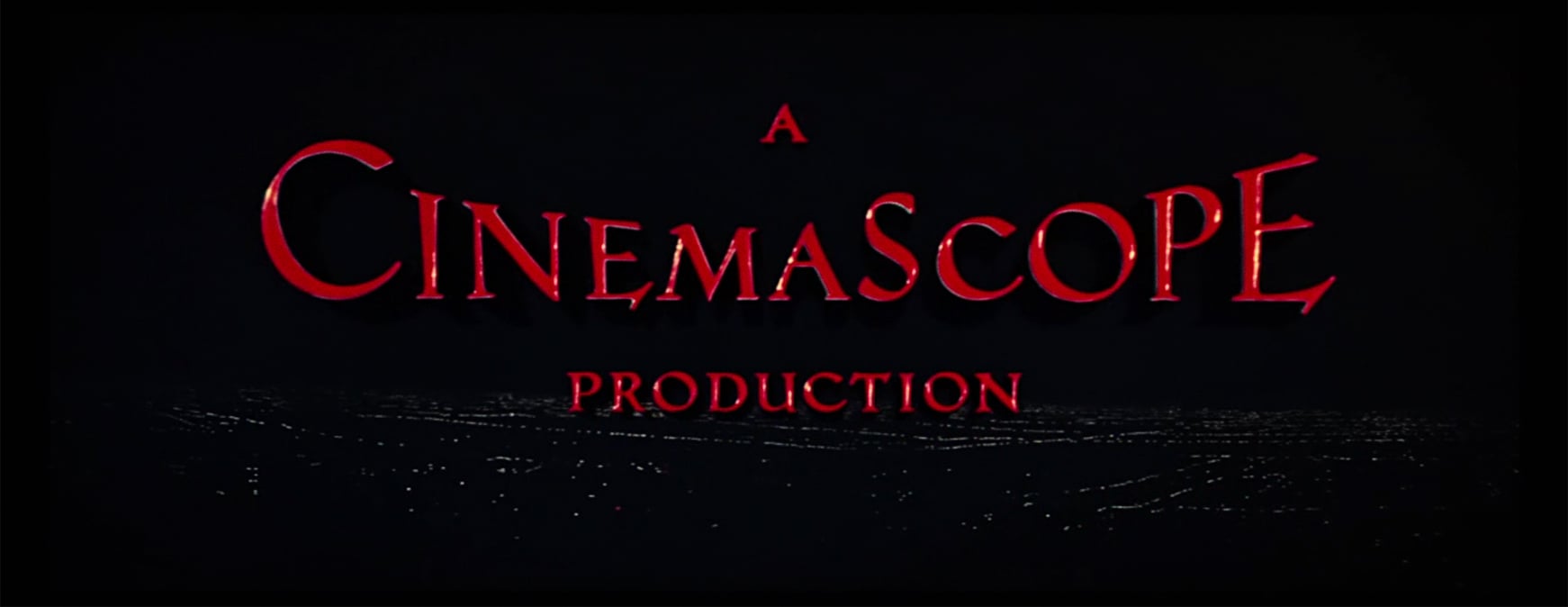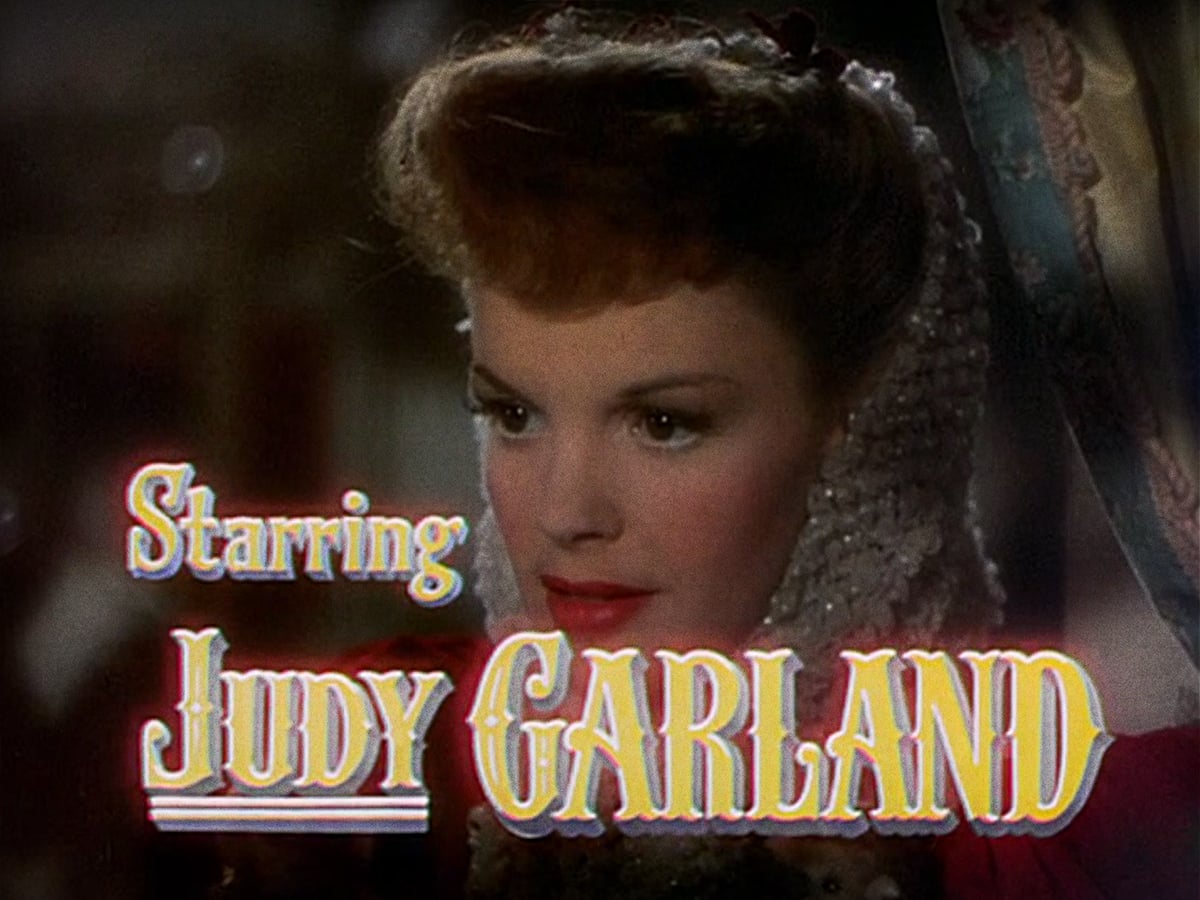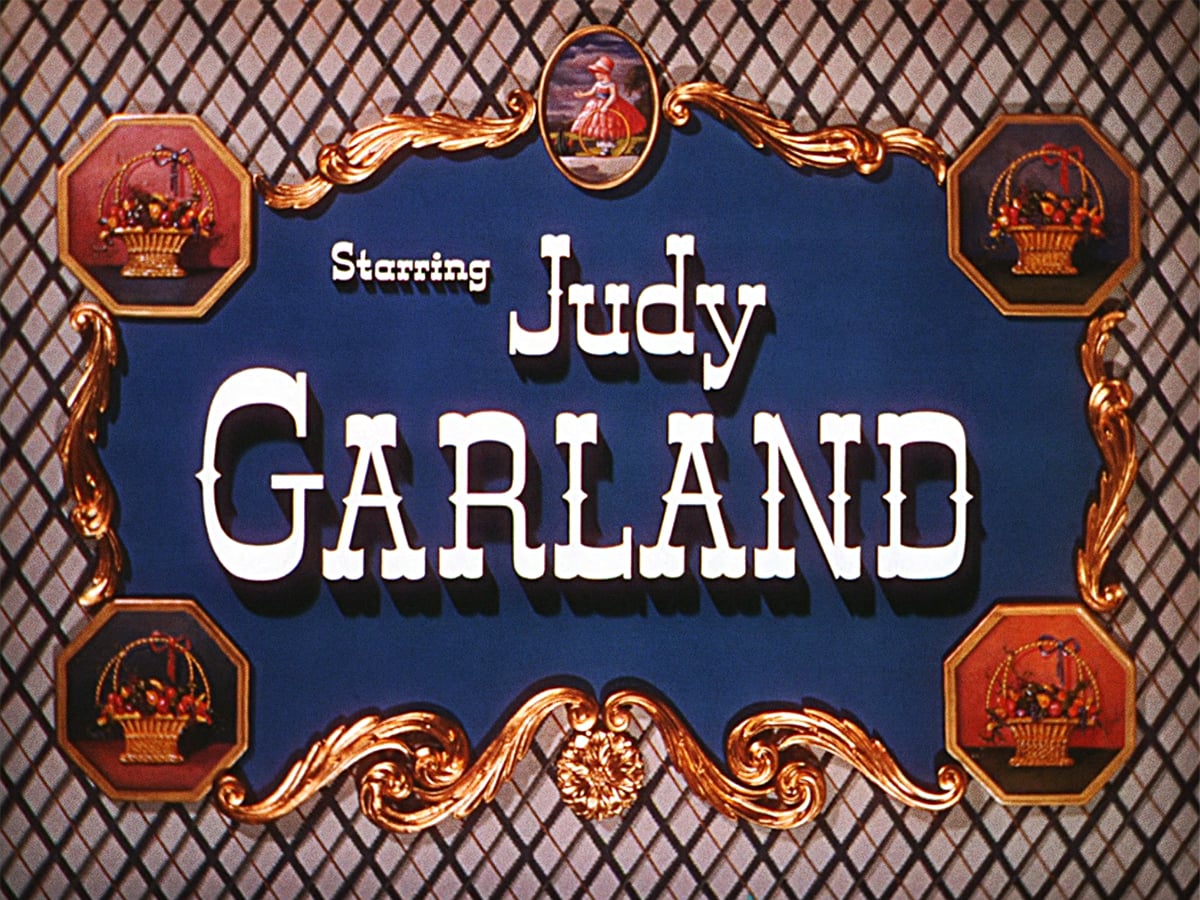Here’s the title card I’ve designed and lettered for the next film in Judy Garland’s filmography, Babes on Broadway, where a group of aspiring New York performers surmounts all the odds in their efforts to stage a benefit for inner-city children. It’s an epic Rooney and Garland musical!
I got a bit illustrative with this one and had fun recreating the unique deco type from the main titles. If you look closely you will find two lovebirds on the street sign!
The typography in the trailer is a wonderfully bold deco marquee-bulb lettering style that is a lot of fun and I’m sure it was very dynamic and joyful in the theater.
The main titles are certainly more subtle but delightfully deco and include some interesting drawing for the backgrounds derived from the studio portraiture from the film.
The posters and promotional materials feature completely different type solutions for the film.
This iconic dimensional illustration created by Jacques Kapralik for MGM is just perfection depicting Judy in a more mature style with so many interesting textures. There were many ads created for various films at MGM by him and many for Judy’s which I can’t wait to share soon!
Here’s the theatrical trailer for the film!


































































